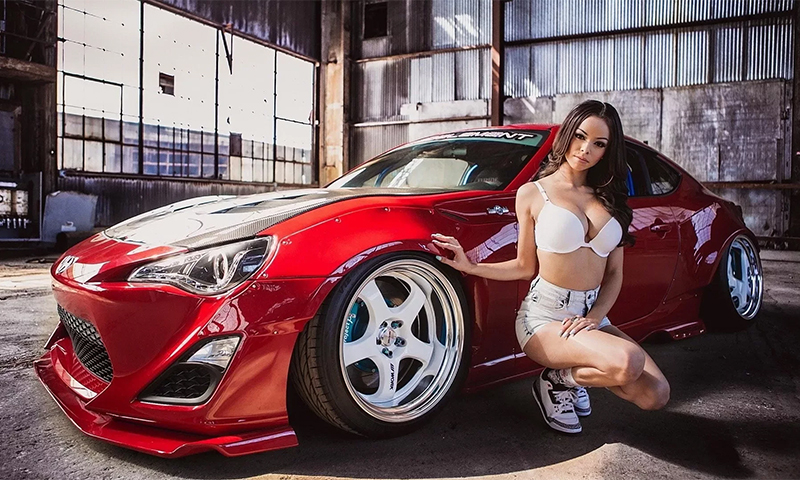Buying a used car allows you to get a vehicle with a more expensive bundle or top class at a reduced cost. But there is also a risk here - a used car can have hidden breakdowns and defects that the owner will not mention. In order not to be mistaken in your choice, you need to understand what characteristics of a used car you need to pay attention to first. We have prepared a number of practical recommendations for anyone planning such a purchase.
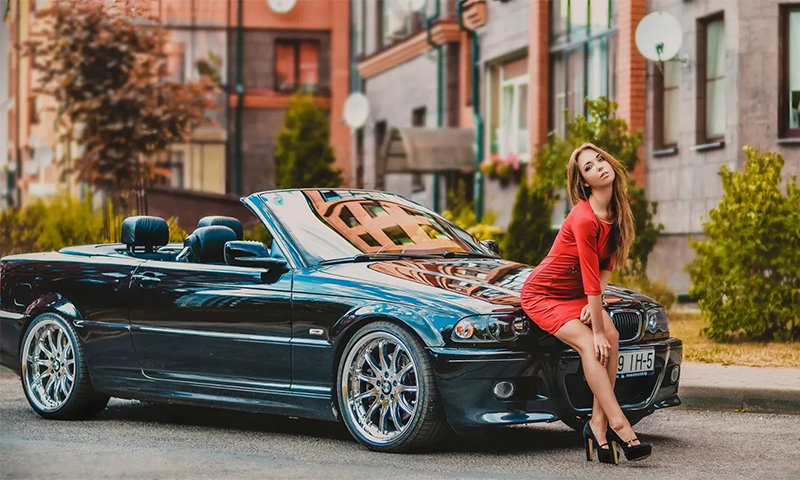
Content:
The best car manufacturers - which company to choose
Regardless of the year of issue, the following concerns have proven themselves to be the most reliable and prestigious:
- Lexus;
- BMW;
- Porshe;
- Mercedes-Benz;
- Land Rover.
What to look for when choosing a new car and what is the merit of specific models described in their rating. Here we will focus on the characteristics of the choice of a used car, regardless of its manufacturer.
Features of a used car
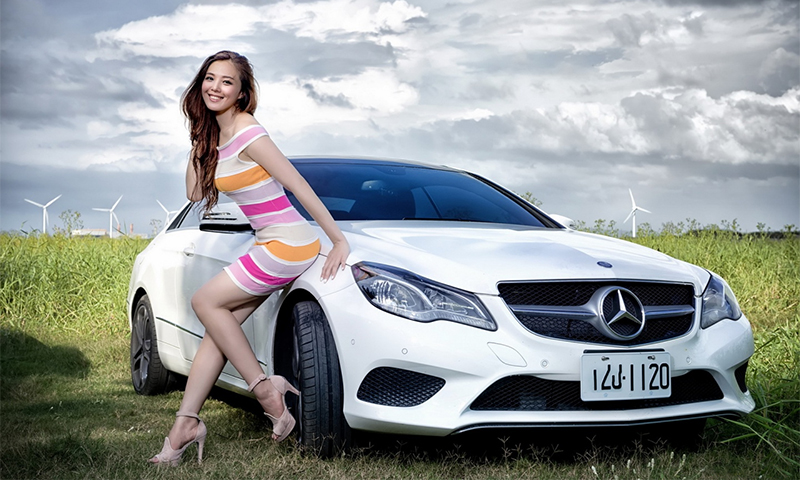
Used cars are different from new vehicles in that they already had an owner and, possibly, not one, and also they have already squandered some part of their resource.
There is always a factor of uncertainty here. Having bought such a car, you can drive for a very long time without a serious investment, and you can soon pay for an overhaul, the amount of which will be close to the cost of the purchase itself.
What factors speak in favor of buying a car with mileage? Here are the main reasons:
1. Significant savings in the family budget.
2. You can choose from a more expensive class, where the new price would be too expensive.
3. More expensive equipment is available.
4. At a certain mileage the previous owner has already completed engine overhaul, so the subsequent costs will be minimal.
5. Hidden marriage factory has already managed to prove himself, so you can decide to contact these shortcomings or not.
6. In used transport there are already many separately purchased devices and documents: a radio tape recorder, an alarm system, insurance, tuning.
The principle of operation of a used car is identical to the new one, so the buyer needs to check the operation of the main components and assemblies, their appearance and performance.
These include:
1. Engine;
2. Transmission;
3. Exhaust system;
4. Paintwork;
5. Salon;
6. Body integrity;
7. Serviceability electricians;
8. Suspension;
9. Fuel equipment.
Universal car that fits all, does not exist. It must be admitted that everybody has flaws in used cars. It is only necessary to choose those with which you are willing to put up or can easily fix.
Types of used cars
A class
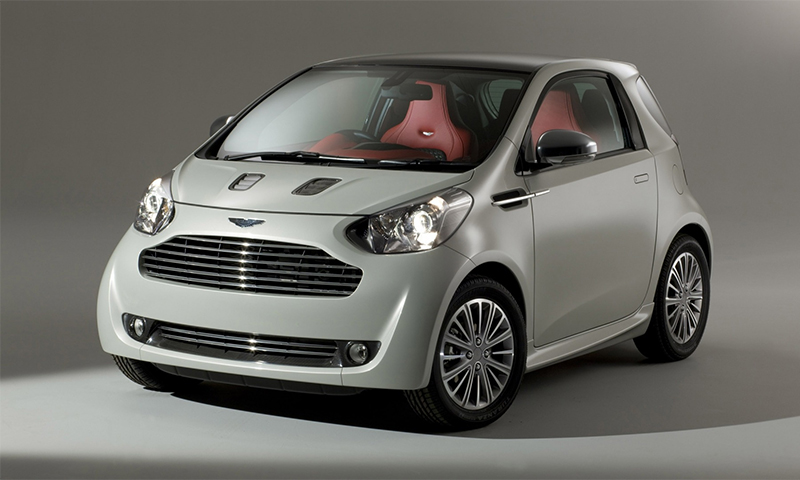
They have a very compact body and are equipped with small power units. Differ in economical fuel consumption and ease of parking in tight places.
Wheels are always of small diameter R12-13. The body is made in the form of a station wagon, but with a very short base. Such transport is intended only for city driving. Often it is bought by girls.
Advantages:
- small size allows you to park almost everywhere;
- small turning radius gives high maneuverability;
- the engine is light-duty, which saves fuel even in the urban cycle;
- a small car tax;
- many models with 4 doors (despite the small size of the body).
Disadvantages:
- low clearance, which can easily get stuck in a snowdrift;
- low maximum speed of up to 130 km / h;
- small wheels give low permeability;
- large people in them very closely;
- small amount of luggage.
In class
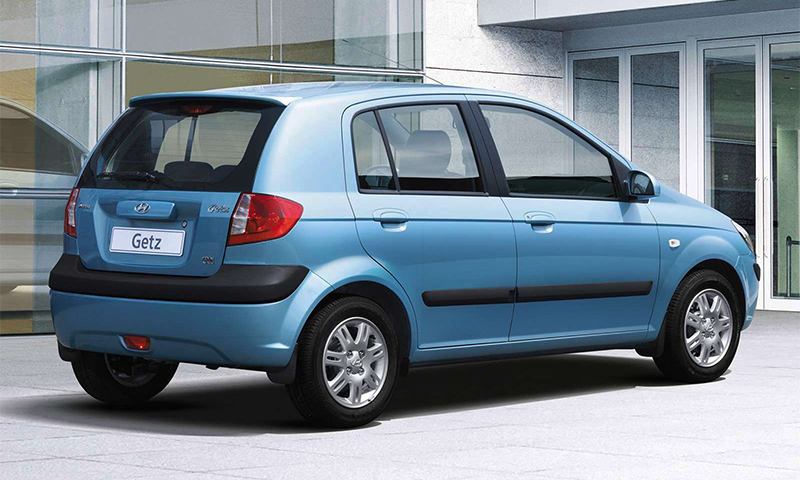
A slightly larger car up to 4000 mm. May be in the form of a sedan, hatchback or wagon. Equipped with a modest power units and a small wheelbase.
Suitable for everyday commuting, shopping or to the country. Great family car.
Advantages:
- easier to find a parking space;
- more maneuverable in a busy city;
- there are models with a good complete set on electronic devices and comfort;
- engine size from 1.1 to 1.6 liters, which requires low fuel costs;
- 400 liters trunk allows you to put enough things.
Disadvantages:
- in the backseat closely together;
- low ground clearance.
C class
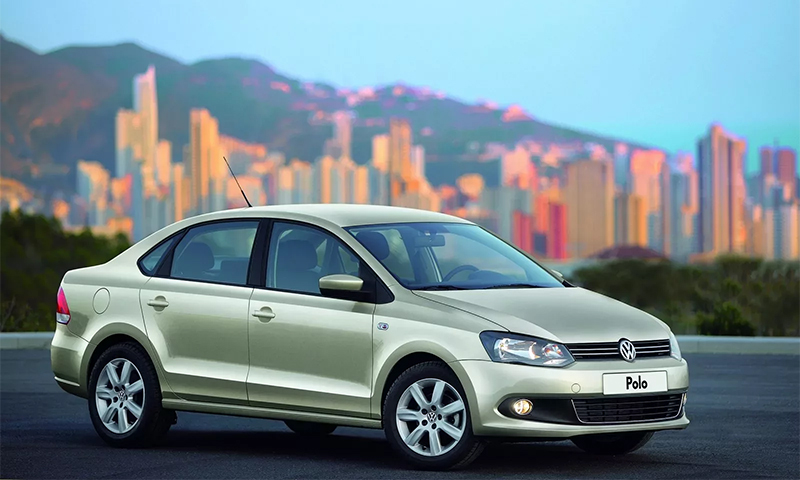
Here are collected sedans, station wagons and hatchbacks. They are united by a more spacious interior and a long body up to 4500 mm. Powerful power unit accelerates the car to a speed of 150-180 km / h. Such transport is optimal for driving to work and tracks. He is good for a taxi.
Advantages:
- large trunk;
- spacious interior;
- variety in body shape;
- engine capacity 1.6-2.0 liters;
- high power up to 150 hp;
- driving dynamics;
- cornering stability due to high weight;
- equipped with many electronic devices.
Disadvantages:
- increased fuel consumption in the urban cycle;
- more difficult to find a parking space;
- increased turning radius.
D class

They differ in body length up to 4700 mm and wide interior up to 1800 mm. This is a great car that is suitable for a large family or as official vehicles.
The most popular in form are sedans and station wagons. Manufacturers pay great attention to safety and equipment. Power units can reach a volume of 2.5 liters.
Advantages:
- a lot of little things for comfort, even in the basic configuration;
- high security;
- the body is made of thick metal;
- high-quality paint coating, resistant to corrosion;
- favorably different design from smaller classes.
Disadvantages:
- consumption up to 10-12 liters per 100 km;
- more expensive parts and service.
E class
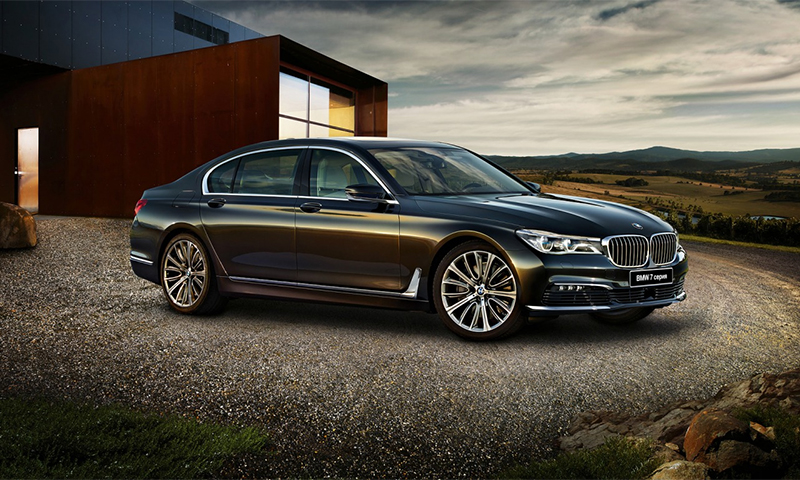
Such cars belong to the representative category. Their length can reach 5 meters and a width of 1.8 m. The power of the power unit starts from 150 hp They are bought for official vehicles by large companies or as a personal car to emphasize the status.
Advantages:
- spacious inside;
- large trunk 700 l;
- up to 6 airbags;
- maximum speed of 260 km / h;
- exquisite design;
- such cars are afraid to “trim” other road users.
Disadvantages:
- fuel consumption can reach 13 liters;
- high tax;
- difficult to turn around in a narrow street;
- cost b / y starts from 600 000 rubles.
Used car selection options
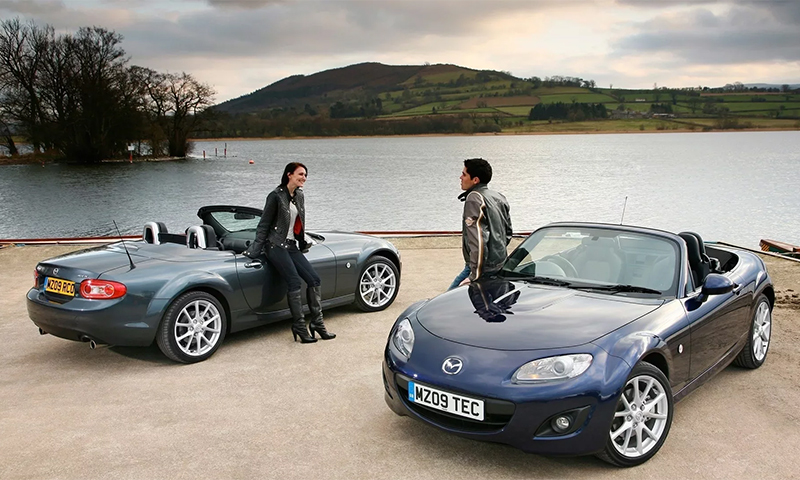
Mileage indicators
The numbers of kilometers traveled on the used car speedometer may vary. It depends on the number of previous owners and the method of operation of the vehicle. It is important to pay attention to the mileage due to the limited engine life, after which expensive repairs will be required.
Most cars have a limit in the region of 350-400 thousand km, after which the piston rings no longer create the necessary compression and need to be changed. Liners on the crankshaft wear out. Sometimes even cylinder bore is required.
1. If the mileage is about 50-80 thousand km, then the car is suitable for active use at work or in a taxi.
2. When the figure reaches 100-150 thousand km, then the car can be safely bought for family needs - the power unit will last for a long time and it can be used for daily commuting or traveling.
3. When the mileage has passed for 200 thousand km, it is suitable for a person who will drive a car to the store (for wholesale family purchases once a week) and carry the family to relatives (several times a year). With such exploitation it will be enough for 15-20 years.
4. After 280 thousandkm proximity overhaul is difficult to predict, and the purchase is worth making only at a very low cost, because the subsequent spending will be high.
German and Japanese cars are designed for mileage up to 500 thousand km and even 1 million. Therefore, proximity to these figures is taken into account here.
Year of issue
Cars with mileage are estimated by the year of production, which affects the equipment, availability of spare parts on the market and resource consumption. But the last factor is relative, because it is the driving style and time involvement that matters. It happens that the car in 2001 works better than cars in 2007
Year of manufacture must be combined with mileage. It varies from 10,000 to 30,000 km per year. This should be consistent with how much the vehicle is operating. The figure for 2009 cars in 160 thousand kilometers will be realistic, but the figure of 120 thousand kilometers at the car in 2002 should suggest an idea about unwinding the speedometer.
1. If you plan to actively use the car in a taxi or delivery service, then you should not buy vehicles older than 5-7 years.
2. For families and trips to work fit models aged 8-15 years.
3. Older cars buy risky due to the small availability of spare parts on the market.
Body condition
When choosing a car with mileage, it is important to assess the condition of the body, which includes the presence of foci of rust and paintwork. The first is to be found on the thresholds, wings, under the elastic of the windshield and rear window, at the corners of the doors.
Corrosion will consistently destroy the metal. If you buy a car for a long time, then there should be no trace of rust. But when a car is needed only for a couple of years, for the implementation of the project, and then the sale is planned, then you can choose this option. But long-term use on the farm or in the village, where power and capacity, rather than appearance, are important allow for the acquisition of a body with traces of corrosion.
Evenness and uniformity of paint indicates the absence of an accident in the history of the car. This means a straight rack and the correct body geometry. Different colors of the color of the wings, hood and doors, as well as the bumpers - this is a reason to reduce the cost or think about the advisability of buying.
Interior condition
The saloon of a used car “tells” about the habits of the previous owner and how to use them.
Pay attention to the need for weeping seats, scuffs on the inside door handles, shabby paint patches on the dashboard, cigarette burns. The more of this, the more often the vehicle is used (for example, in a taxi), which indicates a smaller resource.
For private needs, the choice will depend on the material capabilities and personal readiness to put up with a bad cabin, but presentableness is important for a company car, therefore they are looking for models with less signs of exploitation.
Suspension condition
Suspension is responsible for the smooth movement. It can be hydraulic or pneumatic. Choosing a car with mileage, they look at the evenness of the position of the body, becoming the front of the car and looking down at the level of its roof. Check the uniformity of the ground clearance.
Passing along the “speed bumps”, the pits and bumps listen for a knock when hitting an obstacle.
1. A soft overcoming of irregularities indicates the health of the site, which is suitable for everyday trips to the village, fishing or traveling long distances.
2. The hard behavior of the suspension and light shocks will indicate the wear of the node, but you can still ride it to work and pick up the children from school.
3. A strong body swing and a frank knock at the exit of the curb mean final wear and the need to replace the pillars, springs or air bags.
Transmission
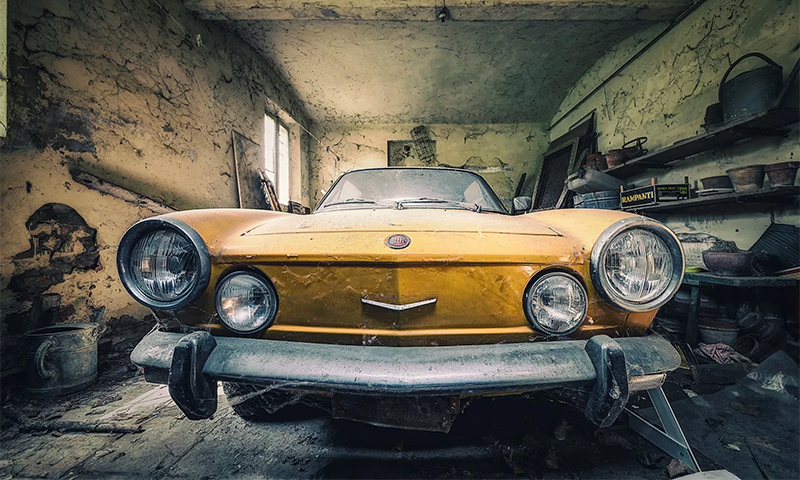
Gear shifting is carried out thanks to the gearbox. It can be of mechanical or automatic type. The principle of switching is chosen according to the convenience of the driver, but it is important to check the condition of the unit.
When test drive pay attention to the minimum backlash of the lever.Speeds should turn on easily, without sticking. When the machine is working, the transition to the next gear is performed without delays or jerks.
A car with mileage and such indicators of the box is suitable for family, work, travel. The presence of the above defects will mean wear parts and the approaching repair.
The work of the power unit
The volume of the motor and its power are indicated in the technical passport of the car, but the compliance with the declared characteristics must be checked on used machines during a test drive.
1. Models with a 1.2-1.6 liter engine should accelerate smoothly, which is enough for quiet movement around the city.
2. Indicators 1.8-2.5 liters support sharp acceleration and even the kick-starter function. This is important for dirt roads, mountainous terrain and traffic on the highway. If the motor is not able to quickly accomplish this, then its resource is already used up.
When testing the power unit, there should be no extraneous noise, it is easy to wind up, and the exhaust is of a transparent gray color.
White smoke or black indicate an improperly installed ignition, misaligned fuel equipment, or wear of the injection components, which will require additional investments. But this repair is not very expensive, therefore, with other good results, you can choose a car for family needs or work.
Electrician
Used car is tested for good electricians. Here the greatest danger is represented by "drowned" - cars that have been in the water. After that, the oxidized contacts may fail, and the risk of a short circuit increases, which will require laying all communications again.
To check the electricians include all the lights, turn signals, lights, doors, interior, instruments on the panel. Do not forget to make sure that the radio, power windows and air conditioning. Searches for an open circuit can take a long time, so choosing a car with a problematic electrician is only possible if you have time and knowledge of how to repair it.
Chassis
The condition of the wheels of a used car will indicate the proximity of the next tire purchase. New tires may have a tread height of up to 3 mm. Rules allow the operation of tires with a height of more than 1.6 mm pattern.
1. Therefore, if the purchased vehicle has a 2.5 mm indicator, then this will be enough for a long time for personal needs. They can safely go on a trip.
2. When values are less than 2 mm, it is suitable for commuting or shopping. They will be erased during such exploitation not soon.
3. With a value of 1.8 mm, an emergency rubber replacement is nearing, which can be used for bargaining, but after purchase, it is not recommended to travel far away.
Pay attention to the side cuts, "bumps" or cracks in the structure of rubber. It may be rotten (with long idle time in damp conditions).
They look at the flatness of the disks, the absence of dents and chips (especially on titanium ones), otherwise this will require replacement and investments. The presence of weights for balancing shows that the mass of the chassis is not equivalent, and will have to spend money on this service in the future.
Muffler
On used cars, it is important to check the exhaust system. It may be damaged and require additional investments.
The silencer is examined for side holes in the spark arrester and the nozzle. With their presence, the exhaust will be loud, which is unacceptable for the city. But to drive through the village and dirt roads work.
Another check mount muffler. When it has cracked, the pipe can be unexpectedly lost, which will entail an unforeseen breakdown on the trip. On such a machine is better not to go far. But if there is a welding machine and thin sheet iron, then the part can be repaired cheaply and independently.
Fuel consumption
It depends on the state of the fuel equipment and the model of the car.
1. For all cars of class A and B consumption is within 5-7 liters, so a message from the owner that the car spends 8-10 liters per 100 km will prompt the need for adjustment. With carburetor injection it is cheap to do it, but the injector will cost more.
2. Class D and E are equipped with only injectors, so here the flow is about 8-11 liters, despite the large volume of cylinders. According to the driver, you can assess the correct operation of the site.
type of drive
Choosing a car with mileage and consider the type of drive:
1. All-wheel drive models move thanks to the independent rotation of all four wheels. Clinging to the surface, even on an uneven, bumpy road, it will move forward. It is suitable for hunters, fishermen or lovers of extreme travel.
2. Crossovers are often equipped with front-wheel drive and a plug-in rear axle differential, which comes into play when the car hits dirt or sand. On the track, it is not active. Its serviceability can be checked by driving into a small puddle with silt, if there is one nearby, or sand. This drive is useful for alternating drive in the city, then in the village.
3. Front engages only front wheels. This is important for maneuverability and easier handling. Rotate the steering wheel is not hard with one hand. It is practical in a city with heavy traffic.
4. Rear-wheel drive pushes the car, and the front wheels only direct it. But, if it gets on the ice or wet asphalt, it will be carried to the side. Choosing a used car with this type of drive should have good tires and drive mostly on dry roads.
Brand reputation
The choice of used cars affects its brand. Reliable are German, English and Japanese models. They are practical for business, business vehicles or as one vehicle for life for the family. But their service at the service station is more expensive because of the spare parts and prices for the types of work.
Korean, Chinese and Russian cars have less positive reviews, but repairs and maintenance are much cheaper, which is suitable for families of modest means or small companies.
Additional criteria
To choose a car with mileage correctly, it is recommended to drive it to the overpass and look at the nodes below. You need to search for drips of working fluids, dents on the pallet, cracks, rusty fasteners. This will prompt the nearest places of breakdowns, will help reduce the price, or will dissuade the expediency of buying this particular instance.
The second factor is the documentary component. The machine should not be in the hijacking, search. The person who sells it, should have the right to it (there is no ban on the sale). The foreign car has no complaints about the legality of its import by customs. All this can be checked by the VIN code of the vehicle.
The third factor is the availability of spare parts for this generation of cars. For example, the BMW "Shark" may represent a solid concern, as well as have an affordable price, but their number is so small that it will be difficult to get the carburetor or hub later. Even worse things are with the real "Chevrolet" and "Ford" released in America.
In view of this, it is worth seeing how many such machines are available on the secondary market or to enter a specific part of this model into the Internet search and evaluate the richness of the result.
What kind of car to choose
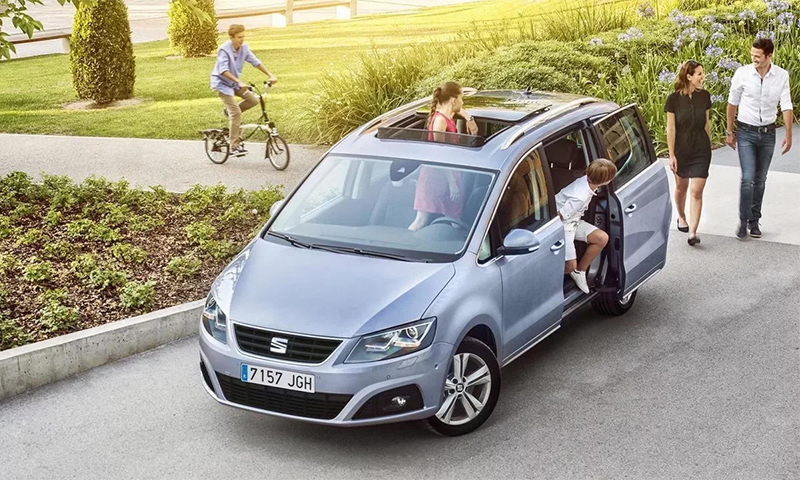
1. For trips to work and to the store, a Class A-B car of 2003-2006 is suitable, with a mileage of 230-250 thousand km, a hydraulic suspension, a slightly worn interior, no rust centers, fuel consumption of 6-7 liters, front-wheel drive, depth of pattern tread above 1.9 mm.
2. For taxis, they choose second-hand cars of class C, if they are released no later than 2011, have a mileage of 100 thousand km, a good interior, completely rust-free, with a good suspension (probably replaced silent blocks already), fuel consumption of 6 liters, fully working electrician, front driven, preferably Japanese or European-made, fuel injection, tread height 2.5 mm, manual gearbox.
3. To travel freely you need a sedan class D, Japanese or Korean, released in 2012-2014, with mileage up to 100 thousand.km, with air conditioning, air suspension, plug-in differential, fuel injection, automatic transmission, no signs of corrosion or tinting.
4. For use in the village a class B car will be suitable, 1998-2003, with a mileage of 250 thousand km, small traces of rust on wings and sills, hydraulic suspension, carburetor injection, 1.7 mm tread.
How much does a used car cost
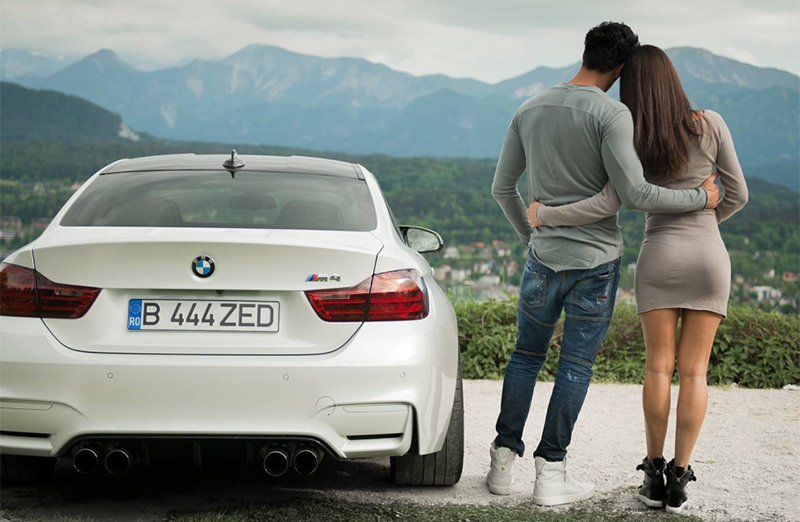
1. A family car can be bought from 170,000 rubles.
2. To work in a taxi car pick up from 360 000 rubles.
3. For travel, used vehicles of Japanese origin cost from 400,000 rubles.
It will be interesting to friends too









